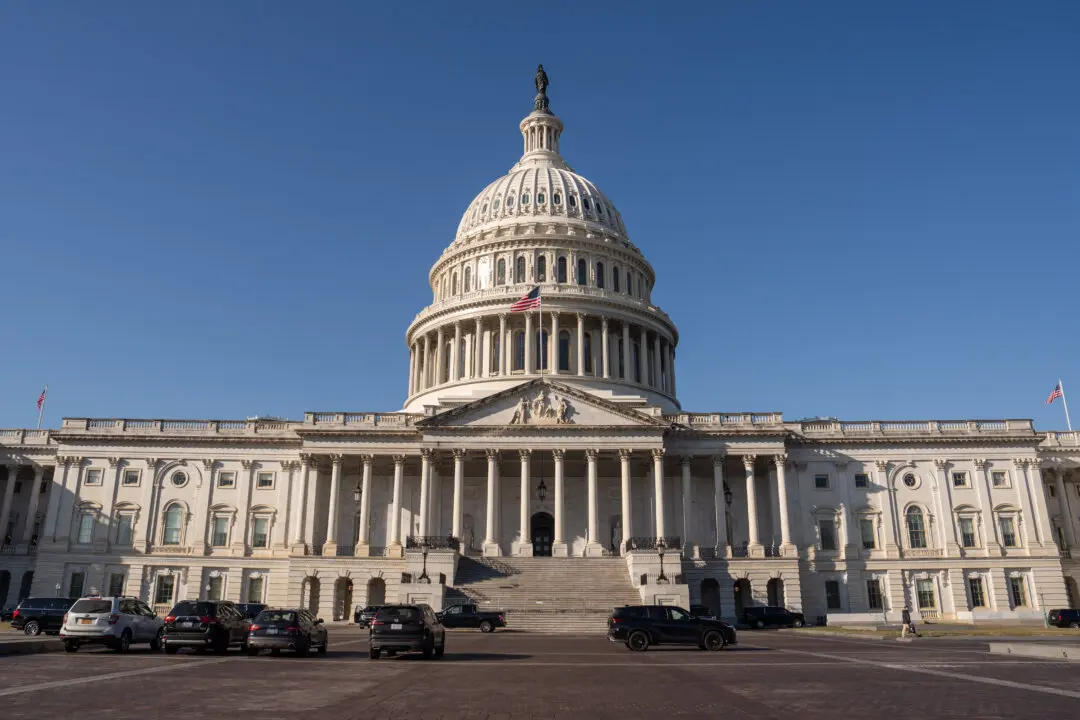The U.S. District Court for the District of Columbia has set a July 29 deadline for arguments in determining if a lawsuit challenging the U.S. Environmental Protection Agency’s (EPA’s) “hazardous” classification for two pre/polyfluoroalkyl substances (PFAS) should proceed.
The case seeks to stymie the EPA’s expanding regulatory scrutiny on PFAS before more of the 14,000 chemicals used in thousands of domestic products are red-flagged as hazardous substances, imposing costly uncertainties on manufacturers, utilities, and supply chains.





